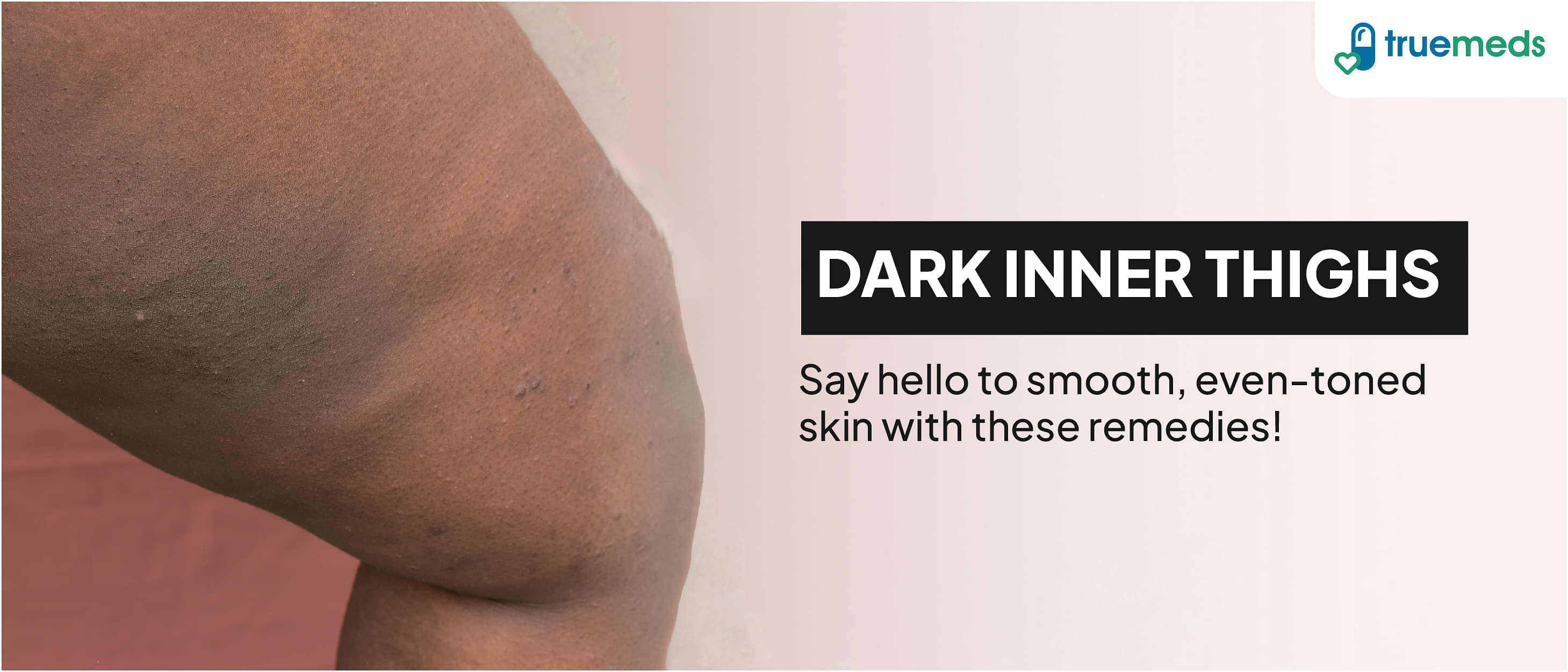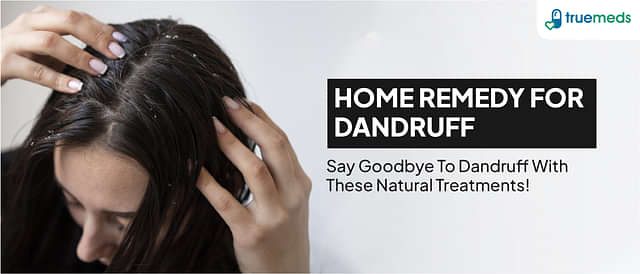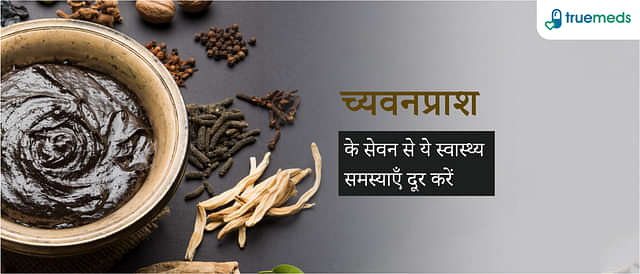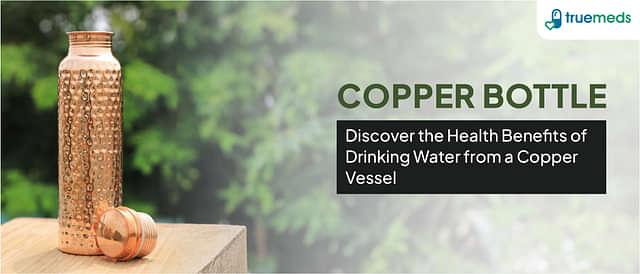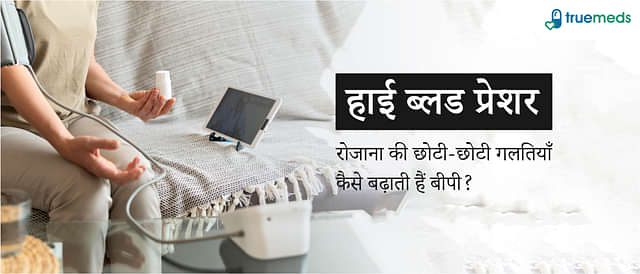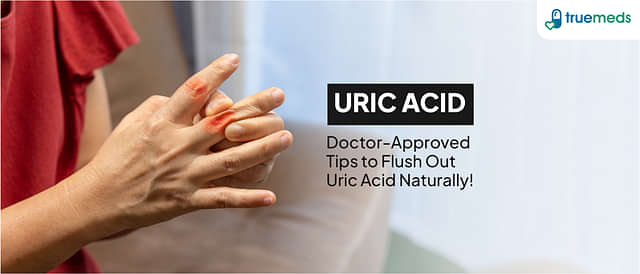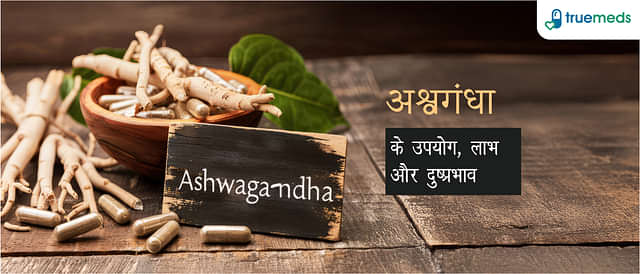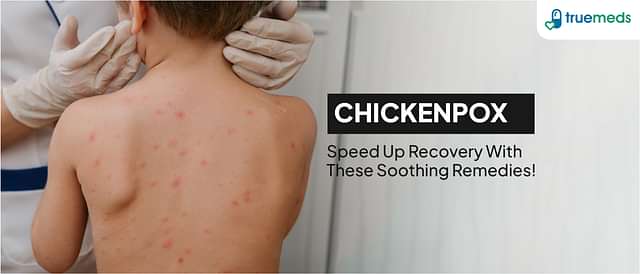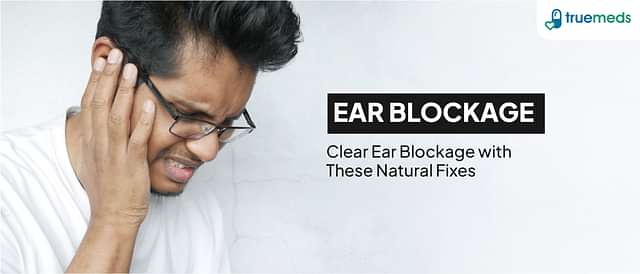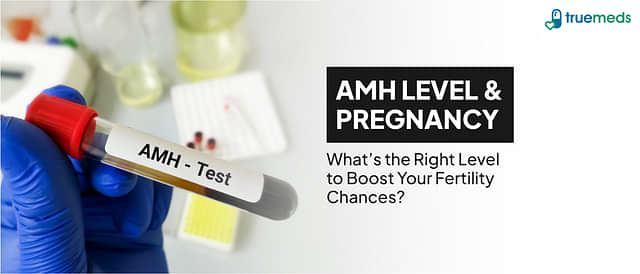Dark Inner Thighs Treatment And Home Remedies
Last updated on : 01 Dec, 2025
Read time : 9 min
Dark inner thighs can be frustrating and may cause embarrassment, particularly during the summer or when wearing specific clothing. This common issue often results from friction, hormonal changes, excess weight, post-inflammatory hyperpigmentation, or certain medical conditions.
However, with the proper care and natural remedies, you can safely and effectively work towards lightening the area at home. In this blog, we explore the causes and provide effective DIY solutions to help support your skin’s health and tone.
Causes of Dark Inner Thighs
There are several reasons why an individual might experience darkening of the skin on the inner thighs. It’s important to identify the cause, as treating the root issue is essential for lasting results. A portion of these reasons might include:
- Chafing (Friction): Frequent rubbing during exercise or walking can cause irritated and darker skin.
- Hormonal Changes: Conditions like Polycystic Ovary Syndrome (PCOS), pregnancy, or menstruation may trigger pigmentation.
- Acanthosis Nigricans: A skin condition characterised by dark, velvety patches, often linked with underlying insulin resistance or diabetes.
- Certain Medications: (Oral contraceptives, chemotherapy) can darken skin in some individuals.
- Sun Exposure: On unprotected inner thighs.
- Skin Conditions: Dryness or eczema-prone skin.
- Excess Weight: Increases the risk of rubbing and subsequent pigmentation.
8 Home Remedies to Help Lighten Dark Inner Thighs
At times, simple, gentle home remedies can help support the lightening of dark spots on the inner thighs and restore even skin tone. Remember to always perform a patch test before applying any new remedy to a large area.
1. Coconut Oil and Lemon Juice
Lemons are rich in Vitamin C, which is known for its potential to help treat hyperpigmentation by inhibiting melanin production [4]. Coconut oil can be applied like a lotion, and it may help keep your thighs soft and supple.
To make coconut oil and lemon juice:
- Combine 2 tablespoons of coconut oil with the juice of 1 large lemon.
- Rub the blend into the affected area and gently massage for 10 minutes or longer.
- Wash the region clean.
Caution: Since citrus fruits can cause photosensitivity (increased pigmentation on exposure to the sun), you must avoid going outdoors or exposing the treated area to sunlight after applying this pack.
2. Sandalwood and Cucumber
Both are natural cooling agents that can help soothe the sensitive skin of the inner thighs. Sandalwood has a long traditional use in Ayurveda for its skin-lightening properties [1]. The addition of lemon in this pack makes it acidic, which may help to gently lighten the dark spots.
Steps to prepare this pack:
- Peel and mash a cucumber, and add 1 tbsp of sandalwood powder to it. Add lemon juice and blend well.
- Apply it to your internal thighs and let it dry.
- Then wash it off.
Note: If the area is already irritated from rubbing or chafing, it is best to skip the lemon juice and use only the cooling cucumber and sandalwood mix to mitigate the irritation.
3. Almond Oil, Milk, and Honey
Almond oil is rich in Vitamin E, which is an antioxidant that may help in skin brightening and protection. Milk and honey are natural emollients that help keep the area moisturised and protected.
Steps to make the pack:
- Take 2 tbsp of milk and 1 tbsp of honey. Add 1 tsp of almond oil too.
- Apply it to the inner thighs and let it stay for 15 minutes.
- Once it has dried, wash it off with water.
4. Gentle Sugar Scrub
Sugar helps remove dead skin cells. Gentle exfoliation of the region may help if the build-up of dead skin contributes to a darker complexion.
To make this scrub:
- Combine a fresh lemon juice, a teaspoon of sugar, and a tablespoon of honey.
- Gently rub the blend into the inner thighs. Do not scrub aggressively.
- Rinse the region to eliminate the mixture.
5. Oat and Yogurt Scrub
Oats are beneficial in managing dermatitis and other dry skin conditions. They can also be used as an exfoliator, and it is generally gentler than sugar for sensitive areas.
Yoghurt contains lactic acid, a type of Alpha Hydroxy Acid (AHA), which may help improve skin texture and tone by gently exfoliating dead skin cells.
To make your oat scrub:
- Make a paste with a balance of finely ground oatmeal and plain yoghurt.
- Apply the paste to the obscured area of the skin and delicately massage.
- Wash the paste off your leg.
6. Baking Soda and Water Paste
Baking soda (sodium bicarbonate) may act as a mild exfoliant, helping to remove dead skin cells.
However, it should be used with caution, as it can be too harsh for sensitive skin, potentially disrupting the skin’s natural pH balance and causing irritation or worsening existing skin conditions [Fact: Baking soda has a high pH (around 8.3) which is significantly higher than the skin’s natural pH (around 5.5)].
If you wish to try baking soda for lightening dark spots:
- Mix equal parts of baking soda and water to form a smooth paste.
- Apply a thin layer to the affected area, similar to a face or body mask.
- Leave it on for up to 5-10 minutes (shorter time is safer), then rinse off thoroughly with lukewarm water.
- Avoid using this remedy more than once or twice a week, and discontinue use immediately if irritation occurs.
7. Aloe Vera
Aloe vera gel or an aloe vera-based product can soothe irritated, abraded skin. Aloe contains aloin, which has been researched for its potential as a skin lightener due to its effects on melanin production. Apply this mix to your skin. It can be left on to soothe the area.
8. Potato Rubs
Scouring potatoes on your skin is a popular folk remedy for reducing dark spots.
While many anecdotal sources suggest that the presence of the enzyme catecholase may help, there is currently no robust scientific evidence to support the claim that rubbing raw potatoes directly reduces skin pigmentation.
To attempt this cure:
- Slice a potato.
- Rub a cut potato over the affected region for 15 minutes or longer.
- Gently wash the region.
Medical Treatments and Over-the-Counter Options
If home remedies do not yield desired results, or if the darkening is severe, professional medical treatments are available. It is highly recommended to consult a dermatologist before starting any pharmacological treatment.
Over-the-Counter (OTC) Ingredients
Many OTC treatments contain ingredients that show promising results in reducing skin pigmentation.
The following ingredients are considered generally safe and effective for topical use:
- Niacinamide (Vitamin B3): A form of Vitamin B3 that can help reduce the transfer of pigment.
- Soy: Contains compounds that can inhibit the production of melanin.
- Ellagic acid
- Lignin peroxidase
Other commonly used ingredients, such as arbutin, kojic acid, and liquorice extract, can also help lighten the skin, but may cause allergic reactions or irritation in some individuals. Always do a patch test or consult a dermatologist before using new products.
Retinoid Remedies
Retinoid-based products help regulate skin cell turnover and may reduce hyperpigmentation. These are available in both over-the-counter (OTC) (like retinol) and prescription-strength formulations (like tretinoin). Retinoids may be beneficial in reducing irritation and other side effects when used in advanced formulations [2].
If you don’t notice results with an OTC retinoid, or if you have a pre-existing condition, it’s a good idea to consult your healthcare provider about trying a stronger, prescription version. Keep in mind that retinoids take time to work – it may take several weeks or even months of consistent use before you see a visible improvement in dark spots.
Hydroquinone
Hydroquinone is a skin-lightening agent commonly used to reduce dark spots and hyperpigmentation and is considered the gold standard for treating hyperpigmentation [3]. Dermatologists may recommend hydroquinone cream to treat conditions like melasma, age spots, and post-inflammatory hyperpigmentation.
However, hydroquinone can cause side effects such as dryness or skin irritation. It is essential to use it in conjunction with a strong sunscreen, as it can increase your skin’s sensitivity to sunlight. Prolonged use without medical supervision may rarely lead to ochronosis (irreversible skin darkening) [3].
Before using any over-the-counter hydroquinone products, consult a dermatologist for guidance. They can determine the underlying cause of the pigmentation and recommend the most suitable treatment.
Key Takeaway
Dark inner thighs are a very common concern, and there’s no need to be embarrassed about it. With the right combination of gentle home remedies, lifestyle changes (like wearing loose clothing and managing weight), and appropriate over-the-counter treatments, you can gradually support your skin’s natural tone.
The most crucial step is to identify and address the underlying cause, especially if it is a medical condition like Acanthosis Nigricans. If the darkness persists, spreads, or is accompanied by other symptoms like pain or severe irritation, consulting a dermatologist or your primary healthcare provider is essential. Remember: gentle care, consistency, and patience are key to achieving real, lasting results.
Expert Quote:
“Pigmentation between the thighs is more common than people realise and can often be managed with simple home remedies like gentle exfoliation, hydration, and natural brightening agents like aloe vera or liquorice root. However, if the darkness is accompanied by thickening of the skin or doesn’t respond to home care, it is a key sign to see a doctor to rule out underlying issues like insulin resistance.”
-Dr. Kavya Rejikumar
References
[1] Moy, R. L., & Levenson, C. (2017). Sandalwood album oil as a botanical therapeutic in dermatology. The Journal of Clinical and Aesthetic Dermatology, 10(10), 34–39. https://pmc.ncbi.nlm.nih.gov/articles/PMC5749697/?utm_source=chatgpt.com
[2] Narsa, A. C., Suhandi, C., Afidika, J., Ghaliya, S., Elamin, K. M., & Wathoni, N. (2024). A comprehensive review of the strategies to reduce retinoid‐induced skin irritation in topical formulation. Dermatology Research and Practice, 2024(1). https://doi.org/10.1155/2024/5551774
[3] Fabian, I. M., Sinnathamby, E. S., Flanagan, C. J., Lindberg, A., Tynes, B., Kelkar, R. A., Giustino Varrassi, Shahab Ahmadzadeh, Sahar Shekoohi, & Kaye, A. D. (2023). Topical hydroquinone for hyperpigmentation: A narrative review. Cureus, 15(11). https://doi.org/10.7759/cureus.48840
[4] Nathan, N., & Patel, P. (2021, November 10). Why is topical Vitamin C important for skin health? Harvard Health Publishing; Harvard Health. https://www.health.harvard.edu/blog/why-is-topical-vitamin-c-important-for-skin-health-202111102635
Disclaimer
Our healthcare experts have carefully reviewed and compiled the information presented here to ensure accuracy and trustworthiness. It is important to note that this information serves as a general overview of the topic and is for informational purposes only. It is not intended to diagnose, prevent, or cure any health problem. This page does not establish a doctor-patient relationship, nor does it replace the advice or consultation of a registered medical practitioner. We recommend seeking guidance from your registered medical practitioner for any questions or concerns regarding your medical condition.
Popular Articles
Recommended Articles
Recent Articles
Company
About UsHealth ArticleHealth StoriesHealth LibraryDiseases & Health ConditionsAyurvedaUnderstanding Generic MedicinesAll MedicinesAll BrandsNeed HelpFAQSecuritySubscribe
Registered Office Address
Grievance Officer
Download Truemeds
Contact Us
Our customer representative team is available 7 days a week from 9 am - 9 pm.
v4.11.0
2026 - Truemeds | All rights reserved. Our content is for informational purposes only. See additional information.
Our Payment Partners









